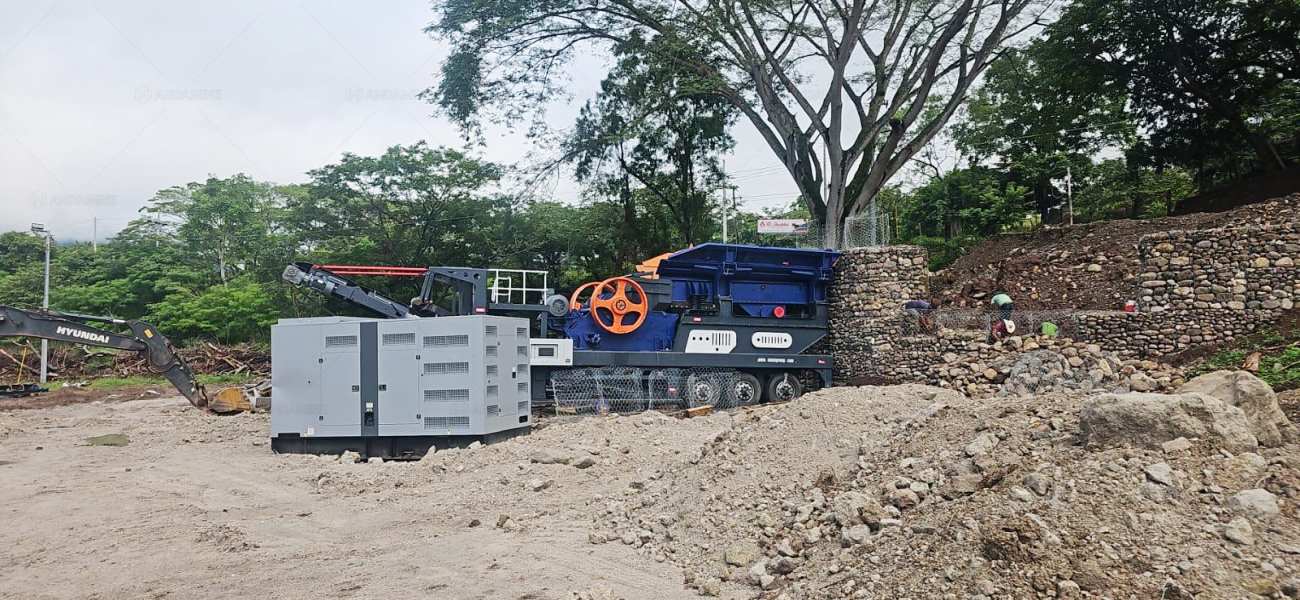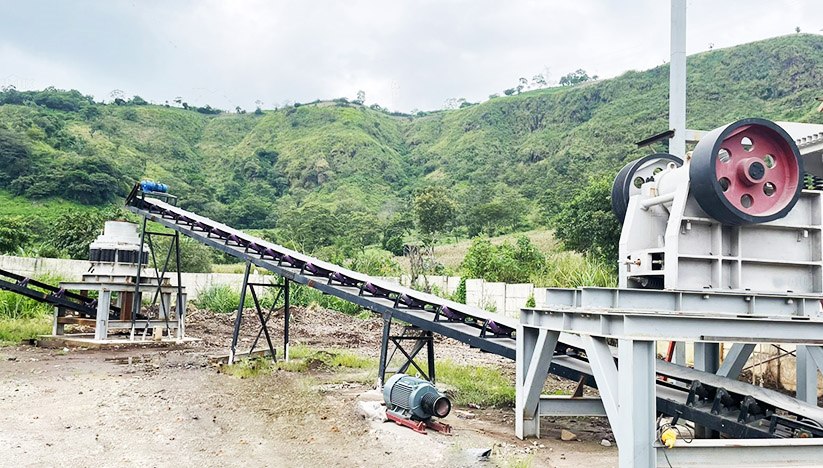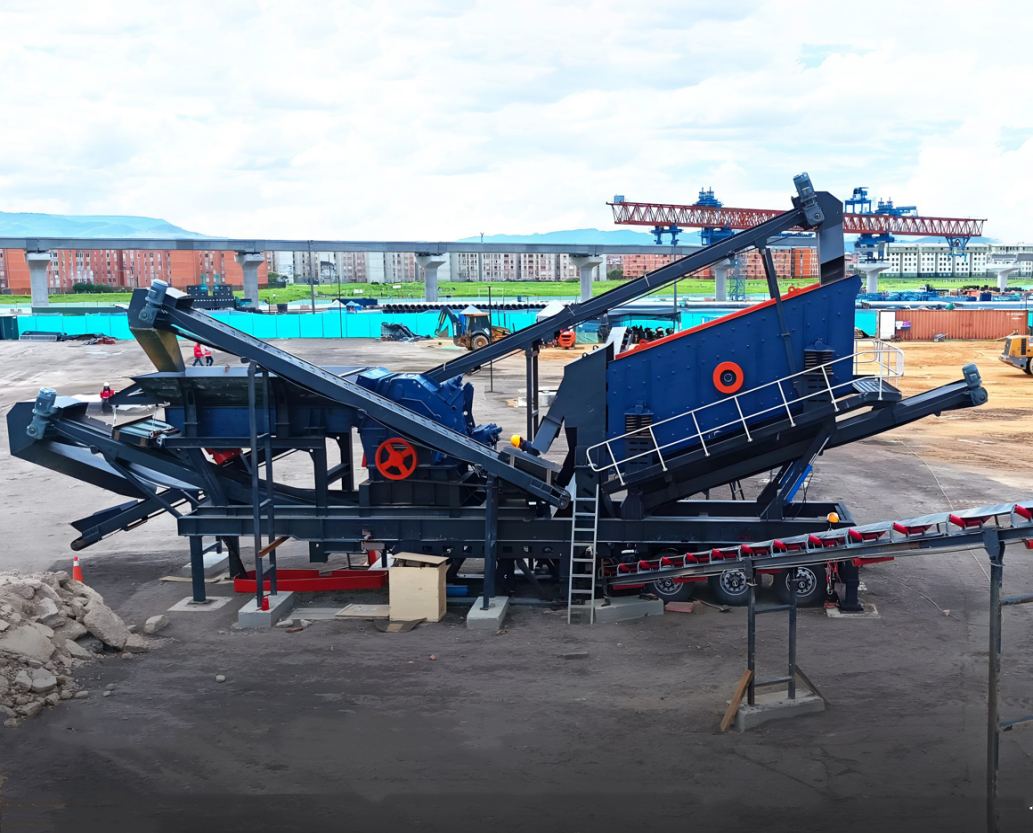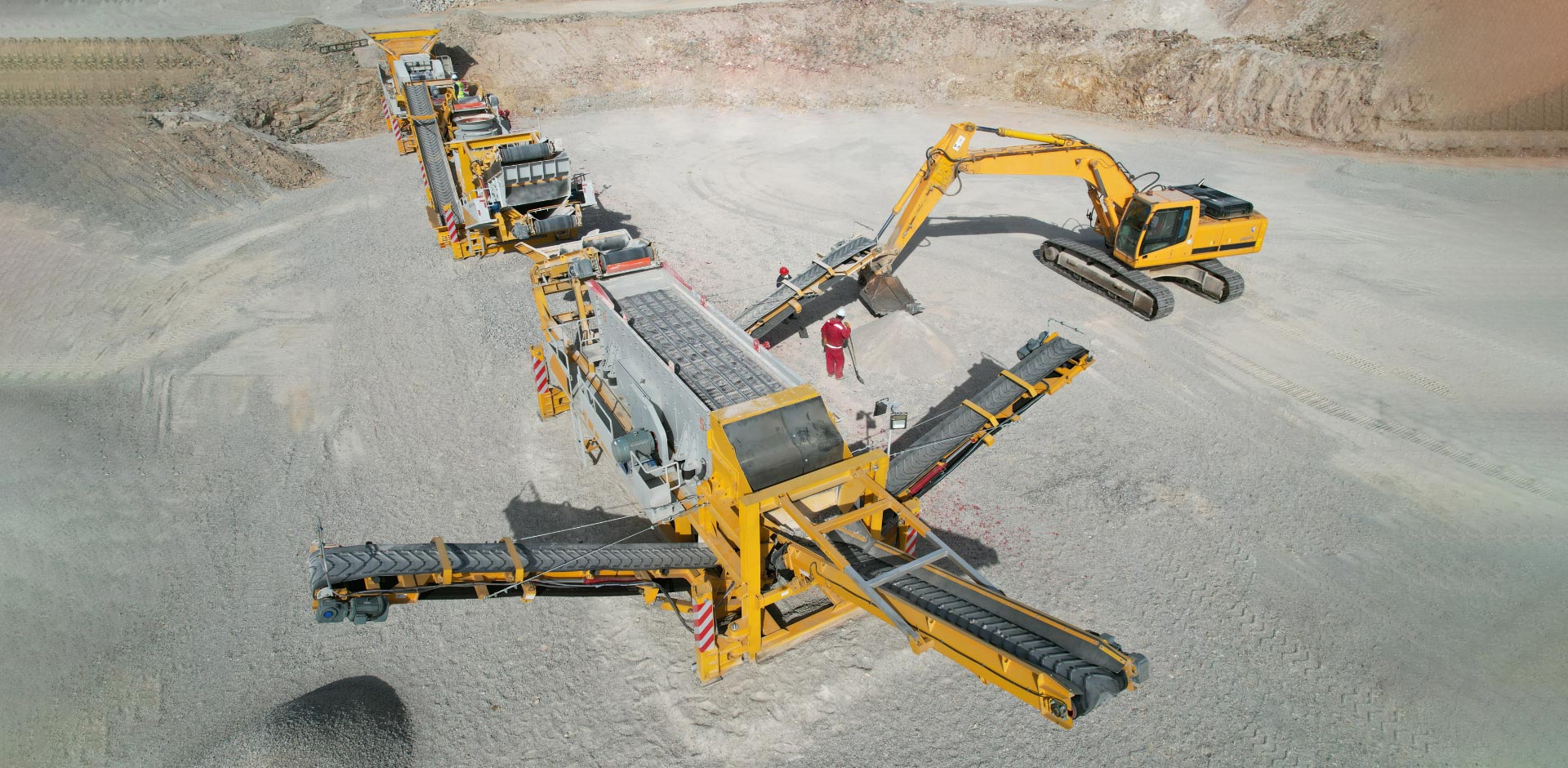In the fast-paced world of construction, mining, and sand and aggregate production, the importance of safety can’t be overstated—especially when it comes to using heavy machinery like granite crushers. Whether you’re managing a full-scale crusher plant or operating a compact unit on-site, modern granite crusher machines are engineered with operator safety in mind.
These machines handle incredibly hard and abrasive materials such as granite, which is commonly used in infrastructure and commercial development. But crushing such dense rock comes with risks, including flying debris, mechanical malfunctions, entrapment hazards, and dust inhalation. That’s why leading manufacturers are prioritizing safety-first design to protect workers while maintaining productivity.
In this article, we’ll explore how safety is built into today’s granite crushers, what operators need to know on the ground, and why safety features are directly linked to operational efficiency.

Understanding Granite Crushing and Its Hazards
Granite is a coarse-grained igneous rock composed mainly of quartz, feldspar, and mica. Its strength and durability make it ideal for construction use. But crushing granite is no easy task. It requires powerful jaw or cone crushers to break down the rock into usable sizes.
In a crusher plant, granite typically goes through several stages:
-
Feeding – Raw granite is loaded into a vibrating feeder.
-
Primary Crushing – Jaw crushers or gyratory crushers handle large chunks.
-
Secondary Crushing – Cone or impact crushers reduce the material further.
-
Screening & Sorting – Crushed granite is separated into different sizes for sand and aggregate production.
At each stage, safety risks can arise—from material jamming and equipment overloads to dust exposure and machine entrapment.
Key Safety Features in Modern Granite Crusher Machines
1. Emergency Stop Systems
Every modern granite crusher comes equipped with emergency stop (E-stop) buttons. These are located at multiple accessible points on the machine. When activated, all machine operations halt instantly, helping prevent injury in case of a malfunction or worker misstep.
2. Interlocking Guards and Covers
To prevent contact with moving parts, high-risk areas like belts, flywheels, and rotors are fitted with guarding systems. Many are interlocked—meaning if the guard is removed, the machine will automatically shut down.
3. Dust Suppression Systems
Dust generated during granite crushing can pose serious respiratory hazards. Modern crusher plants are outfitted with:
-
Water spray systems
-
Enclosed conveyor belts
-
Dust collection units
These systems help maintain air quality for operators and neighboring workers.
4. Overload Protection & Auto-Shutdown
High-strength granite can sometimes overload crushers. New models include overload detection systems that monitor pressure and load levels. If thresholds are exceeded, the machine will automatically stop to avoid catastrophic failure or injury.
5. Remote Operation Capabilities
Some advanced granite crushers can be controlled remotely using wireless panels or apps. This allows operators to stand at a safe distance during high-risk activities like jaw plate adjustment or clearing blockages.
6. Ergonomic Design & Access Ladders
Routine maintenance can be dangerous if access points are poorly designed. Safety-first crusher machines now feature:
-
Anti-slip platforms and handrails
-
Lockable access hatches
-
Ergonomic control layouts
This reduces strain and fall risks for technicians performing regular inspections.

What Operators Should Know
Regardless of how safe the design is, human behavior plays a critical role in accident prevention. Operators must follow basic safety protocols, including:
1. Training and Certification
Operators should undergo comprehensive training in:
-
Machine startup and shutdown
-
Emergency procedures
-
Maintenance protocols
-
Lockout/tagout (LOTO) safety
2. PPE Compliance
Proper use of Personal Protective Equipment (PPE) is essential. This includes:
-
Safety helmets and gloves
-
Steel-toed boots
-
Dust masks or respirators
-
Hearing protection in noisy environments
3. Regular Maintenance Checks
A neglected crusher is a dangerous one. Operators should inspect:
-
Bolts and guards
-
Lubrication levels
-
Wear parts like jaw plates and blow bars
A scheduled maintenance plan helps prevent unexpected breakdowns that can lead to injuries.
4. Clear Communication
Use radios or communication systems when multiple team members are working around the machine. Always confirm when it’s safe to approach or operate the crusher.
Why Safety Features Also Improve Productivity
There’s a misconception that safety slows down work. In reality, a well-designed, safety-focused granite crusher machine boosts efficiency. Here’s how:
-
Fewer stoppages due to equipment damage or injuries
-
Longer machine lifespan from controlled operation
-
Higher employee morale and lower turnover
-
Faster inspections and easier maintenance thanks to better access and automated alerts
Investing in a crusher with robust safety design can reduce liability, avoid costly downtime, and even lower insurance premiums.

What Is Crushed Granite Used For?
Once granite is processed through a crusher plant, it becomes a versatile material. What is crushed granite used for? It is commonly used in:
-
Road base and sub-base layers
-
Concrete aggregate in buildings and bridges
-
Railway ballast
-
Drainage systems
-
Decorative landscaping gravel
-
Asphalt production
-
Manufactured sand for construction
Because of its density, strength, and resistance to weathering, crushed granite is a preferred material for both structural and aesthetic applications.
Final Thoughts
Safety is not just a feature—it’s a core function of modern granite crusher machines. From smart shutdown systems to dust suppression and remote controls, today’s crushing equipment is designed to keep operators safe without compromising performance.
As the demand for crushed granite grows in sand and aggregate production, construction, and infrastructure, investing in a crusher plant that prioritizes operator safety is both a smart and responsible decision. Proper training, routine maintenance, and adherence to safety protocols complete the circle—ensuring that the machine performs well and every worker returns home safely.
